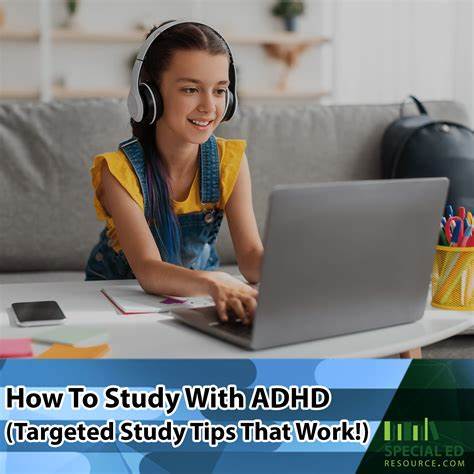Helping children with ADHD stay focused can feel like an uphill battle—especially with distractions everywhere. But focus is not just about “trying harder.” It’s a skill that can be strengthened with the right environment, tools, and strategies tailored to how the ADHD brain works.
Here’s how to boost attention and help your child feel more successful and less frustrated.
Why Focus Is Hard for Children With ADHD
Children with ADHD may:
- Have trouble filtering distractions (noisy rooms, visual clutter)
- Jump quickly from one thought or activity to another
- Struggle with boredom in non-preferred tasks
- Hyperfocus on certain activities, then resist switching tasks
Supporting focus starts with understanding how their brain processes, not just reacts.
1. Reduce Environmental Distractions
Start by controlling the space:
- Keep the study area free of toys and clutter
- Use headphones or soft background noise
- Turn off notifications and remove nearby devices
A calm environment makes it easier for their brain to stay engaged.
2. Use Visual Timers and Chunked Work Periods
Break tasks into short, timed segments:
- 15–20 minutes of focused work
- 5-minute movement or fidget break
- Repeat as needed
Visual timers help kids see time passing—making tasks more manageable.
3. Set Clear, Specific Goals
Avoid vague instructions like “Do your homework.” Instead say:
- “Write 3 sentences about your book.”
- “Solve 5 math problems, then take a break.”
Clarity helps the brain engage.
4. Build in Movement Before and During Focus Time
Let your child:
- Bounce on a ball for 2 minutes
- Do 10 jumping jacks
- Use a fidget or chair band during seated work
Movement activates attention and reduces restlessness.
5. Use Checklists to Keep Tasks on Track
Make a visual checklist:
- “1. Open math book
- Do 5 problems
- Show work
- Pack up”
This gives direction and a sense of accomplishment after each step.
6. Alternate Between Preferred and Less-Preferred Tasks
Use a “First-Then” strategy:
- “First your reading worksheet, then Minecraft for 15 minutes.”
- “First clean your desk, then drawing time.”
Balancing helps with motivation.
7. Create a Consistent Focus Routine
Start each work period the same way:
- Choose tools (timer, checklist, pencil)
- Set goal
- Start music or put on headphones
Routine helps the brain transition into “focus mode.”
8. Allow Choice and Autonomy
Let your child choose:
- What task to start with
- What reward follows
- Which tools to use (marker, pencil, fidget)
Autonomy increases buy-in.
9. Praise Focus Effort, Not Just Completion
Say:
- “I noticed you stayed on task for 10 whole minutes!”
- “You got distracted, but you brought your focus back. That’s progress.”
Reinforce that trying matters more than perfection.
10. Expect Fluctuations—And Stay Supportive
Some days will go better than others. When focus is low:
- Reduce demands temporarily
- Offer more breaks
- Stay calm and encouraging
Consistency over time builds lasting skills.
Final Thought
Focus isn’t about forcing a child to sit still—it’s about building the conditions where their brain can engage. With structure, movement, encouragement, and flexibility, children with ADHD can improve their attention—and feel more capable every step of the way.
